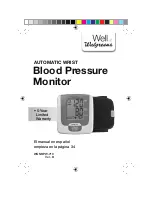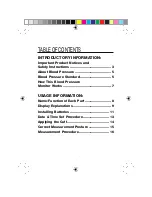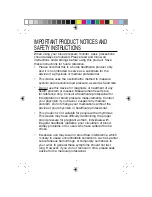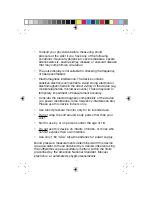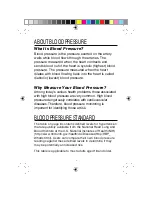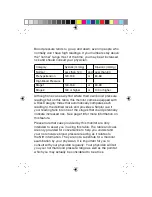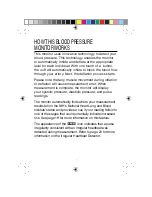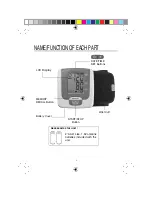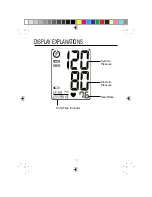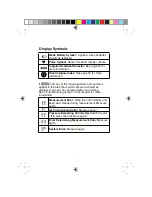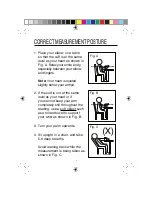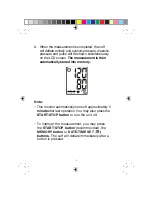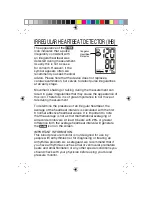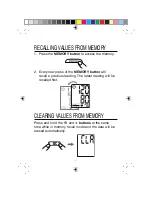
6
Blood pressure tends to go up and down, even in people who
normally don’t have high readings. If your numbers stay above
UIFiOPSNBMwSBOHFNPTUPGUIFUJNFZPVNBZCFBUJODSFBTFE
risk and should consult your physician.
Although one can easily find where their own blood pressure
SFBEJOHTGBMMPOUIJTUBCMFUIJTNPOJUPSDPNFTFRVJQQFEXJUI
B3JTL$BUFHPSZ*OEFYUIBUBVUPNBUJDBMMZDPNQBSFTFBDI
reading to the defined levels and provides a helpful cue if
your reading falls into one of the stages that could potentially
JOEJDBUFJODSFBTFESJTL4FFQBHFGPSNPSFJOGPSNBUJPOPO
this feature.
Please note that cues provided by this monitor are only
intended to assist you in using this table. The table and cues
are only provided for convenience to help you understand
your non-invasive blood pressure reading as it relates to
the NIH information. They are not a substitute for a medical
FYBNJOBUJPOCZZPVSQIZTJDJBO*UJTJNQPSUBOUGPSZPVUP
consult with your physician regularly. Your physician will tell
you your normal blood pressure range as well as the point at
which you may actually be considered to be at risk.
Category
Systolic (mmHg)
Diastolic (mmHg)
Normal
-FTTUIBO
and
-FTTUIBO
Prehypertension
or
High Blood Pressure
4UBHF
or
4UBHF
PSIJHIFS
or
PSIJHIFS

